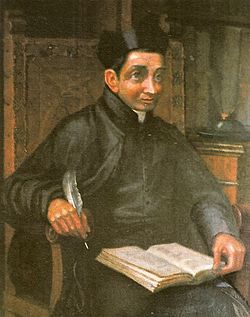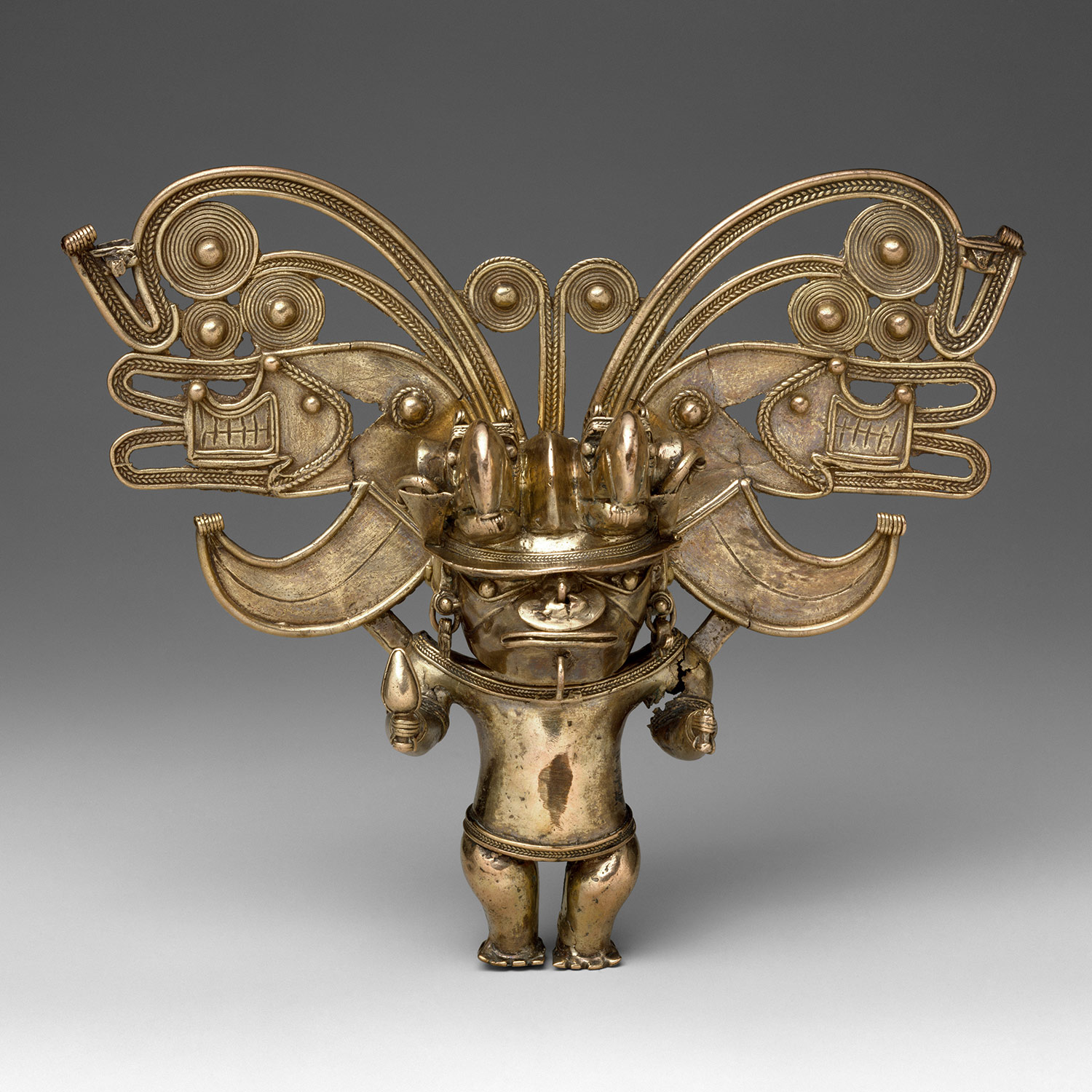As
far as pre-Colombian art goes, there are always the usual mediums: pottery and
stonework. And there’s one addition here: goldwork. There were such extensive
goldwork pieces found – large pieces, small pieces – that it’s no doubt this
was the basis for the El Dorado myths. However, the vast majority of the pieces
that have been found were mostly for religious purposes, as well as for jewelry
and adornment. The thing that makes gold so coveted and valuable is that it
doesn’t rust, and it’s quite malleable when heated, making it easy to shape.
One of the Muisca chiefs would cover himself with gold dust for special
ceremonies and was therefore called El Dorado. However, most people thought El
Dorado, or “The Lost City of Gold” was an actual place, leading numerous
Spanish conquistadores to travel to this area in search for this infamous
place, all for naught. Many of these gold pieces are housed in the Museo del
Oro (Museum of Gold) in Bogotá, Colombia.
From
cave paintings to abstract art, painting is also an important facet of Colombian
art. The earliest colonial paintings were mostly religious-based in nature and
included both canvas paintings and mural paintings. It later gave way to the
rococo style, for which one popular form of painting was the portrait.
Practically everyone had one. It was sort of the thing. One of the most
prominent painters at this time was Joaquín Guttiérrez.
 |
| Botero's version of the Mona Lisa. |
After
independence and with the subsequent European influences, many of the art
styles and movements of Europe were also carried on in Colombia. Modern art is generally
embraced and found as public art throughout the country. One of the most famous artists is the still life artist Fernando Botero. One thing I noticed about his signature style of painting is that the people he paints are always depicted as plump, overweight, chunky. They often show the absurdity, irony, and realism of the moment. His style is called boterismo, named after himself.
 |
| Juan de Castellanos |
Early
literature in Colombia mostly consisted of poetry – mostly religious in nature
– and historical accounts. Actually, the longest poem ever written in the
Spanish language is called Elegías de
Varones Ilustres de Indias by Juan de Castellanos. Following independence,
the trend in literature was to follow the Romantic genre taking dominance in
Europe. Like other areas in the Americas and Europe, the trend in literature
towards the end of the 19th century and early 20th
century was to write about peasant life, lifestyles of the working class, and
the daily struggles they felt. Of course, they were also critical of the
government and its response to these issues. This movement in Colombia was
called costumbrismo.
As
the 20th century rolled on, various smaller literary movements and
variations came and went. Probably the most famous Colombian author is Gabriel
García Márquez. Winning the Nobel Prize for Literature in 1982, he’s most
famous for One Hundred Years of Solitude
and Love in the Time of Cholera, both
of which are on my massive reading list, but I haven’t got to yet. Along with
Márquez, many writers in Colombia, like Álvaro Cepeda Samudio, Eduardo
Caballero Calderón, and Manuel Mejía Vallejo also worked as journalists.
Up
next: music and dance


No comments:
Post a Comment